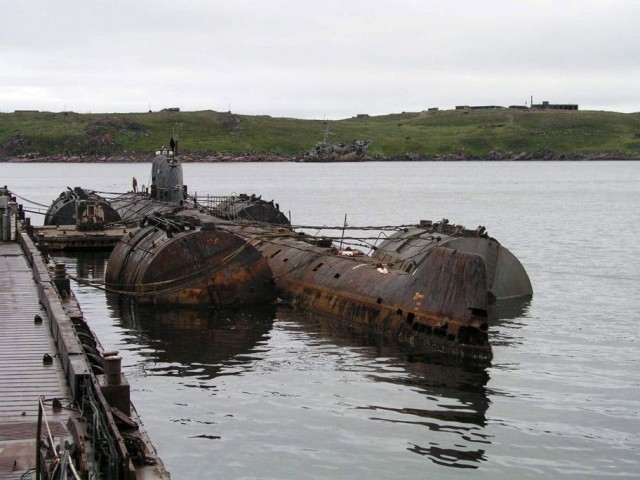
New Managing Director for Bellona Norway
The Board of the Bellona Foundation has appointed former Minister of Climate and the Environment Sveinung Rotevatn as Managing Director of Bellona No...
News
To qualify as an accident, the leak would have had to weigh in at a four. Seven on the INES scale is considered a “major accident.” The anomaly, however, is “very worrisome,” said Nils Bøhmer, Bellona’s nuclear Physicist.
The leak sprang from a pipe connected to a ventilation canal that transports waste products from the aged Magnox reprocessing facility. According to Sellafield’s owners, no personnel came into contact with the radiation. There is no evidence to suggest that there is any contamination outside the Sellafield site as a result of this incident.
After the leak was discovered, the surrounding area was evacuated of personnel. Workers ran across the leak during routine work procedures at the Magnox facility.
“This is worrying and shows that parts of Sellafield do not hold up to standard,” said Bøhmer.
 Photo: (foto: tone foss aspevoll/bellona)
Photo: (foto: tone foss aspevoll/bellona)
The Magnox facility
As concerning is the fact that the Magnox facilities were granted an engineering life span extension of four years in March 2008, meaning the ailing reprocessing centre will remain in service until 2012.
The storage and reprocessing of Magnox fuel – which is composed of uranium metal as opposed to more traditional ceramic uranium oxide – has been of concern for years because of discharges of the radioactive substance Techeium-99 (Tc-99) into the Irish Sea.
The dumping problem was largely solved by adding Tetraphenylphosphonium bromide (TPP) to liquid waste emissions from Sellafield’s Magnox fuel reprocessing plant, slashing Tc-99 discharges into the Irish Sea by 95 to 98 percent.
But getting the British government to even consider using this technology was an uphill battle for 10 years.
And though Britain has managed to shut down 22 of it’s 26 Magnox reactors – all of which were built between 1960 and 1970 and thus well beyond their engineered life spans – the closures have been delayed in fits and starts. Thus the target date to close down the Magnox reprocessing facility is at best a guess.
Bellona critical of UK nuclear build
Bellona is very critical of plans to build a new nuclear facility at Sellafield, which are part of British Prime Minister Gordon Brown’s ambitious plan to step up nuclear reactor production in the UK, because experience has shown that the British have a very weak record of storing nuclear waste in a secure fashion.
Friday’s incident substantiated this.
“They should handle the challenges they already have at Sellafeild before they begin construction on a new reactor that will produce more nuclear waste,” said Bøhmer.
Bellona has added that the entirety of the UK nuclear build out should be reconsidered in light of the persistent problems of waste storage.
This report was written by Håvard Lundberg and Charles Digges.

The Board of the Bellona Foundation has appointed former Minister of Climate and the Environment Sveinung Rotevatn as Managing Director of Bellona No...

Økokrim, Norway’s authority for investigating and prosecuting economic and environmental crime, has imposed a record fine on Equinor following a comp...

Our op-ed originally appeared in The Moscow Times. For more than three decades, Russia has been burdened with the remains of the Soviet ...

The United Nation’s COP30 global climate negotiations in Belém, Brazil ended this weekend with a watered-down resolution that failed to halt deforest...